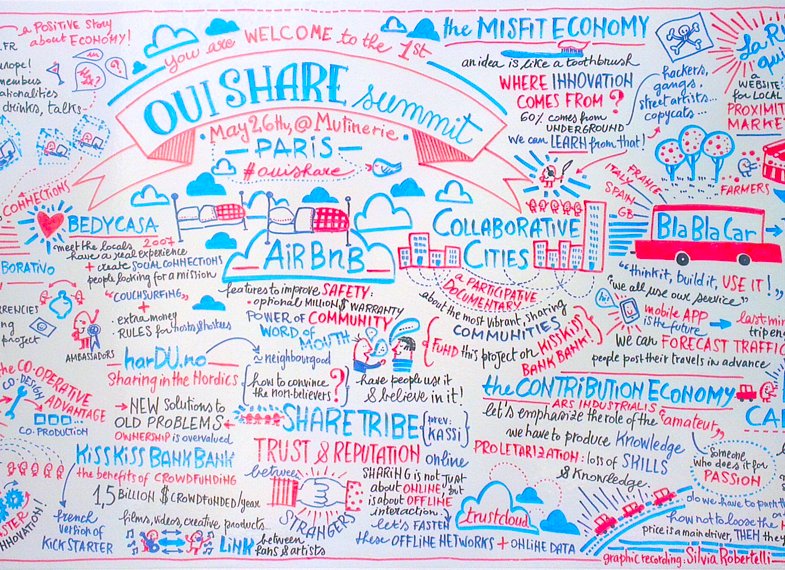In the financial industry, as in many others, there is nothing more pleasing than a David and Goliath story, where the small, unlikely participant gains victory over a powerful lumbering beast. This story however does not have too much relevance to the current financial services. That said,the years ahead are likely to defy the notion of a clear separation between winners and losers. Instead, we’re seeing evidence of a great appetite for collaboration as reported by the World Economic Forum.
Lately there has been a frustration with banks which could lead newer organisations to make headway. Indeed, as the World Economic Forum states:
“Public antipathy towards banks add to the tail winds helping to propel new entrants forwards apace.”
Let’s say David did have a chance to beat Goliath in the financial services industry. How would he go about it? Some of the changes in the business environment lately have let us believe that it is possible. This reportedly includes companies such as Google and Amazon increasing the expectations of customers leading consumers to want more from companies, including financial institutions. There has also been a massive amount of new entrants in the financial services industry which each tackle a particular problem and offer an innovative solution, rather than offering a full service solution. Additionally constant connectivity and automation among others, as well as new data sources allow new entrants to be able to better solve customer problems. New entrants that focus on niche areas and that can be “nimble and flexible” in reducing expense and creating good customer experiences could have a chance.
Innovations present threats and opportunities for traditional financial institutions. Innovators have focused on taking only small parts of what financial institutions do and focused on providing solutions to pain that are honed in on these areas. This does not provide an enduring threat to large, established traditional players on its own. In fact, innovators will face challenges as they succeed. They will, as others before have, find it difficult to compete in a crowded market and will find it difficult to extend beyond their niche. They will also face the problem of regulatory compliance which traditional institutions are long accustomed to.
Actual threats to traditional institutions are argued to be the blurring of boundaries in sub sectors, such as through crowd funding and alternative lending, the loss of customer ownership and changing customer behaviour. However, important opportunities also exist. These include the possibility of getting access to “sophisticated capabilities” not at great expense by acquiring innovators, transforming the infrastructure of currently inefficient financial services, and creating new channels which could provide financial institutions a greater role in customers’ lives.
It is argued that this particular mix of threats and opportunities is likely to mean that there may not be overall winners or losers in the new financial world. Instead firms need to evolve and also collaborate with one another. This, it is specified, can be aided by determining whether the primary focus will be on customer relationships first and foremost or product development.
There is a belief that the great degree of uncertainty that exists about the financial industry means that there are also great opportunities to collaborate. Traditional players could choose to see innovators as “external R&D” rather than as a threat per se. On the other side of the coin, innovators can benefit from the resources that larger institutions have in order to scale up their innovations and make them accessible to much larger audiences. Indeed, new entrants have an opportunity to insert themselves into the existing value chain through collaboration, and large incumbents can improve their processes through gaining new ideas from eager upstarts.
Some fear that major organisational culture differences between larger, well established organisations and slicker more agile new firms could be a showstopper, but it is argued that this does not have to prevent collaboration from taking place. Indeed, different perspectives can bring benefits to both sides, where both can learn and better understand different perceptions to better meet customer needs.
One thing is for sure, that traditional institutions cannot ignore the fact that change is afoot. Any organisation that does not rethink the role that they have to play in the financial industry may not be able to survive in the longer term. This is predicted to be likely to happen to quite a few smaller companies. It is concluded that Goliath probably won’t be defeated, but a few Davids may be incorporated into Goliath to make him stronger and more powerful.

Paula Newton is a business writer, editor and management consultant with extensive experience writing and consulting for both start-ups and long established companies. She has ten years management and leadership experience gained at BSkyB in London and Viva Travel Guides in Quito, Ecuador, giving her a depth of insight into innovation in international business. With an MBA from the University of Hull and many years of experience running her own business consultancy, Paula’s background allows her to connect with a diverse range of clients, including cutting edge technology and web-based start-ups but also multinationals in need of assistance. Paula has played a defining role in shaping organizational strategy for a wide range of different organizations, including for-profit, NGOs and charities. Paula has also served on the Board of Directors for the South American Explorers Club in Quito, Ecuador.































